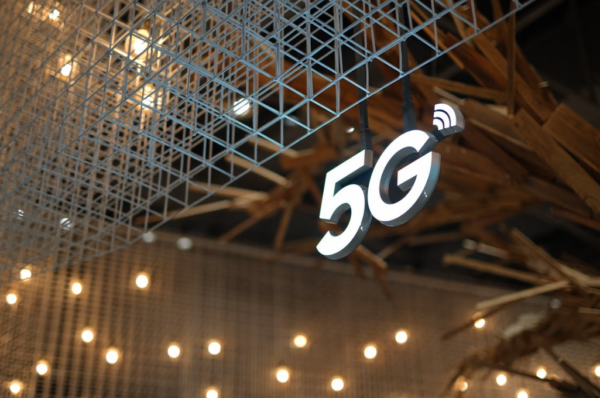The National Renewable Energy Laboratory (NREL) has found that 5G networks can facilitate electricity microgrids, improving operational efficiency, latency, and resilience against cyber threats.
A 5G research platform was built inside a replicated military microgrid and put it through resilience scenarios and cyberattacks by the NREL. The results of the tests, which were published in a report titled “5G Securely Energized and Resilient,” showed that 5G features can support distributed controls and configurable security and resilience for power systems.
The project, funded by the U.S. Department of Defense, aims to improve the security, automation, and resilience of next-generation telecom platforms. Additionally, NREL showed how utilities might use 5G to improve network security and recovery and reduce costs.
During critical energy operations, the project team explored how 5G ultra low latency might provide the target speed for autonomous power restoration, which is eight milliseconds.
“From a grid integration standpoint, many devices will need low latency and high reliability to successfully coordinate,” said Tony Markel, an NREL senior researcher and project lead. “A fundamental difference between 4G and 5G is the way the data moves; data resources can be closer to the edge. What if we harness the power of edge compute and reduced latency to make the grid components a more effective system?”
By J. Sharpe Smith, Inside Towers Technology Editor




Reader Interactions